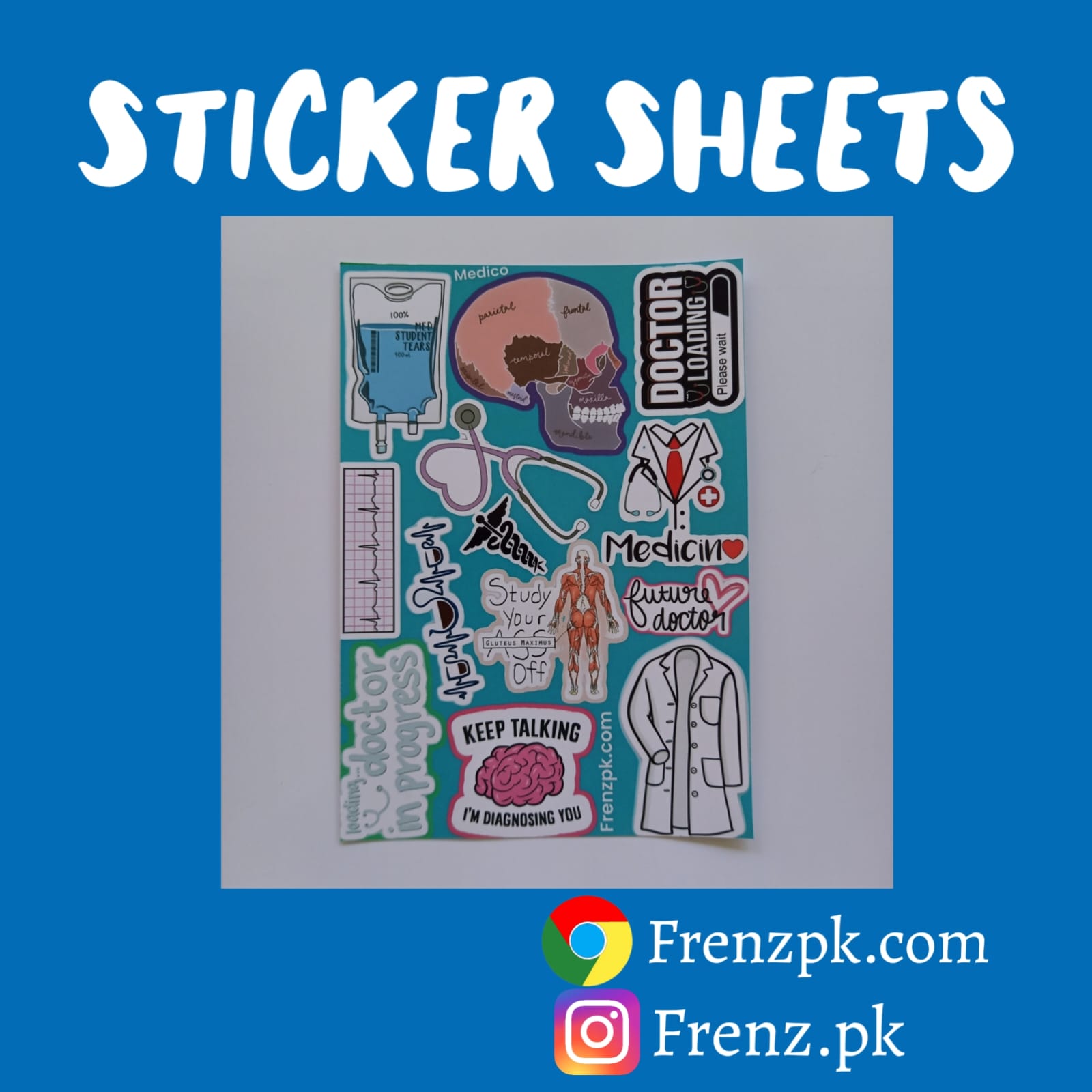Skip to main content
MUSCULOSKELETAL SYLLABUS
/
5 April 2021 /
- ANATOMY
- INTRODUCTION
- Osseus tissue
- Axial and appendicular skeleton
- Classification of bones
- Gnereal features of bones
- Nerve/blood supply of bone
- Bone marrow and its types
- Ossification and its types
- Surface markings of bone
- Fracture, osteoporosis, rickets, osteomalacia
- Intro to muscular system
- Muscle ossification
- Classification of skeletal muscles
- Types of skeletal muscle fibers
- Nomenclature of skeletal muscles
- Nerve supply of muscles
- Paralysis, hyperplasia, hypertrophy, mysthena gravis
- Introduction to locomotion and upper limb
- Osteology of clavicle
- Osteology of scapula
- Osteology of humerus
- Muscles of pectoral girdle
- Muscles of shoulder region
- Shoulder joints and its movements
- Brachial plexus
- Nerves of upper limb
- Axilla
- Arm
- Brachial vessels
- Elbow joint
- Osteology of ulna
- Superficial veins, lymphatic and lymph nodes of upper limbs
- Cubital fossa
- Anterior compartment of forearm
- Posterior compartment of fore-arm
- Blood vessels and nerves of fore-arm
- Radio-ulnar joint
- Surface anatomy of upper limb
- Muscles of hand
- Vessels and nerves of hand
- Wrist joint
- Spaces of palm
- Describe
- motor unit
- Summation
- Tetanization
- Staircase effect
- Skeletal muscle tone
- Muscle fatigue
- Agonist and antagonist
- Excitation contraction coupling in skeletal muscles
- Muscle action potential
- Osteology of radius and hand
- Introduction to lower limb
- Hip bone
- The hip joint and movements
- Gluteal region
- Femur
- nerves of lower limb and their injuries
- Superficial vessels and lymphatic vessels of lower limb
- Deep fascia of thigh, iliotibial tract and superficial vessels
- muscles of anterior fascial compartment of thigh
- Nerves and vessels of anterior compartment of thigh
- The medial compartment of thigh
- Posterior compartment of thigh
- Popliteal fossa
- Femoral triangle and its contents
- Tibia bone
- Fibula and bones of foot
- Anterior and lateral compartment of leg
- Knee joint
- Surface anatomy of lower limb
- Development of lower limb
- Muscle and neurovascular supply of foot
- Arches of foot
- Introduction to bone pathology
- Injury
- Wound
- Spinal nerve
- Vertebral column
- Lumbo sacral plexus, cutaneous nerves
- Back pain
- HISTOLOGY
- Bone histology
- Classification and histology of cartilage
- Histology of cartilage
- Classification and histology of bone
- Histology of muscles
- PHYSIOLOGY
- Skeletal vs. smooth muscle
- Mechanism of muscle contraction
- Energetics of muscle contraction
- Terms related to MSK
- Stimulus
- Depolarization
- Hyperpolarization
- Pre-synaptic potential
- Post-synaptic potential
- Goldmann equation
- Nernst equation
- Physiologic anatomy of skeletal muscle fiber
- Characteristics of whole muscle contraction
- Neuromuscular junction
- Neuromuscular transmission
- Neuromuscular drugs
- Myasthenia gravis
- Smooth muscle
- Skeletal muscle fiber
- Contraction of smooth muscle
- Nervous and hormonal control of smooth muscle contraction
- Resting membrane potential
- Muscle remodeling
- Membrane potentials and action potentials in smooth muscle
- Control of smooth muscle contraction
- Smooth and skeletal muscle contraction
- Hormonal regulation of calcium and phosphorus to maintain MSK
- Sodium, potassium and chlorine in biology
- Calcium in biology
- Fluoride and lithium in biology
- Molybdenum, selenium, zinc, chromium, manganese, silicon, vanadium in biology
- Toxic element aluminium, arsenic, antimony, boron, bromine, cadmium, cesium, germanium, lead, mercury, silver, strontium
- Drug use in MSK
- BIOCHEMISTRY
- Connective tissues
- Glycosaminoglycan
- Collagen
- Chemistry of amino acids and proteins
- Role of calcium and phosphorus
- Vitamins
- Introduction to minerals
- Detection of cyclic amino acids
- Sodium, potassium and chlorine in biology
- Role of vitamin C and D
- Iodine in biology
- Sulfur in biology
- Copper and cobalt in biology
- Phosphorus and magnesium in biology
- COMMUNITY MEDICINE
- MSK Diseases
- Epidemiology and prevention of MSD
- EMBRYOLOGY
- Somitogenesis
- Development of bone
- Cartilage and joints
- Development of upper limb
- Development of muscles
- LAB WORK
- Detection of sulfur-containing amino acids
- Salt saturation test



